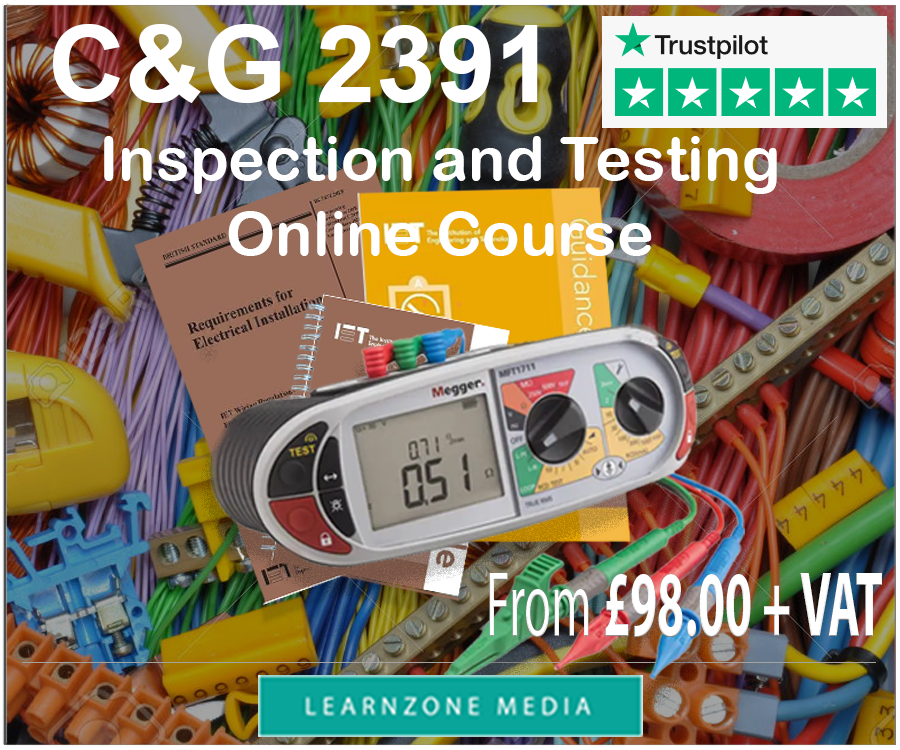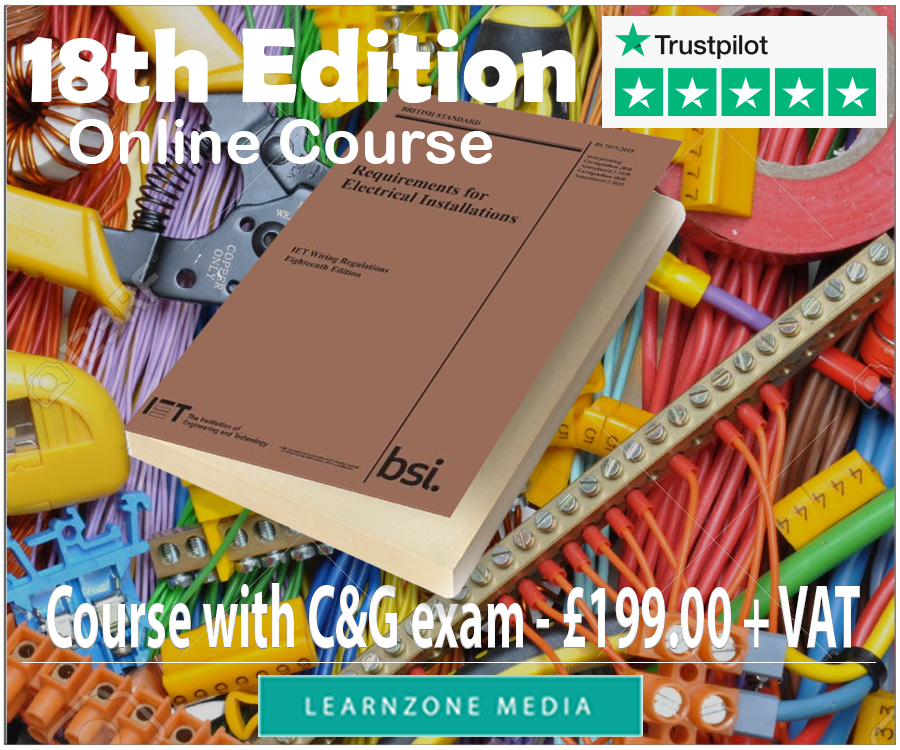Self-Employed Cubcontractor Electrician
What about paperwork and tax?
There is not a great deal of paperwork involved with working as a self-employed subcontractor.
Only two things are important:
- Rising invoices when working directly for contractors or other companies. This usually happens on a weekly basis and is easily done by e-mail. You can download a free invoice template from here and customise it for your needs. The invoice needs to hold information on your UTR number, NI number, bank account details and your contact details.
- There is an annual self-assessment tax return to be completed and submitted to the HMRC. This can be done electronically online or by post.
Feel free to use our guide on completing a tax return for electricians.
In order to make this an easy process we recommend that you keep every single receipt on any outgoings that can be linked to your work. These are called expenses and they are outgoings such as cost of tools, clothes, van or car running costs, insurance costs, telephone costs, etc. We recommend setting up a drawer somewhere with “Expenses” written on it and every single time you spend money on one of these things, just put the receipts and invoices received there until the day of the tax return.
You could also have another drawer for income as well. This way everything is nicely organised and will be a lot easier to manage.
When it comes to paying tax on your earnings you will have to pay tax according to the same tax rules as everybody else. This means that you have your Personal Allowance of 10,000 GBP (the 2014 figures) on which you will not pay any tax, and further on, up to 41,865 GBP you will pay 20% tax and on earnings above 41,866 to £150,000 GBP you will pay a 40% tax. Do not forget that your expenses will be deducted from your taxable income. All this will be done once a year in your tax return.
Tax when working for agencies
When you work for employment agencies as a self-employed subcontractor, you fall under the guidelines of the CIS scheme. This means that your earnings are immediately taxed at 20% flat rate. This money is paid in to HMRC under your UTR number and will be taken into account when completing your self-assessment tax return.
Do not think that you are losing your Personal Allowance of 10000 GBP because of this. This will only mean that at the end of the tax year, after you have submitted a tax return, you will most likely get a tax rebate from HMRC. Depending on how long you have been working for agencies throughout the year, this can be a few thousand pounds.
When working for agencies make sure you keep all the payslips that you receive and file them as income. These payslips hold information on your gross and net earnings plus tax deductions. You will need this information for your tax return.
Finding work as self-employed subcontractor
Once you have your ECS/CSCS card and your UTR number obtained you can start looking for work as a sub-contractor electrician. But how do you do this? Here are some tips:
- Your first call is to the employment agencies. There are hundreds of them out there and they hold the key to most of the work within the construction industry. They act as middle man, taking a part of your wages, so if you can avoid them then you will save some money by usually getting better rates. The trouble is often you don`t have a choice but to accept their offer if you want to be in work. You can find out more information on employment agencies and how to deal with them as well as a list of the better ones here.
- Regularly scan the employment websites such as Directgov, CV Library, Indeed etc. for self-employed jobs. When we say regularly we mean it, because these jobs are in high demand and usually go within a few hours of being posted online.
- Make yourself visible on CV Library and agencies will find you with suitable jobs.
- Finally, the best way to find out about jobs is through word of mouth. Nothing beats recommendations from friends and existing contacts. If you started sub-contracting for a company, make sure you do a good job and keep in contact with the owner or the contract manager of that company. You will get the best jobs and the best rates by working directly with major contractors. Over the years you can build up a solid base of contacts and avoid the agencies altogether.
Playing the game of the self-employed subcontractor requires hundreds of phone calls all the time. It is also essential to keep looking at job boards online. You will need a smart phone!
Sometimes you will have to call 100+ agencies to find work, other times work will come to you from previous work contacts or a recommendation from a friend. You will have to “feel” the state of the industry, know where the big jobs are and be aware what is going on in the job market, what is about to happen and where. It will take some time to get into it, but remember that the rewards can be excellent.
What tools does a sub-contractor need?
In short - everything.
Hand tools and power tools are a must. Electrical testing instruments such as the Electrical Installation Tester (Megger 1553 or similar) are also highly recommended.
Other highly specialised tools are expected to be provided by the company you sub-contract to.
It is also beneficial to have a work van. You can use a car, especially if you work on big industrial projects where you needn't be involved in ferrying materials to the job.
Always bear in mind that in the labour market you must be competitive, which does not mean that you should work for the least amount of money. Your competitiveness is in how qualified you are, how skilled, how reliable and how equipped. Then the work will find you and the rates will be good as well.





